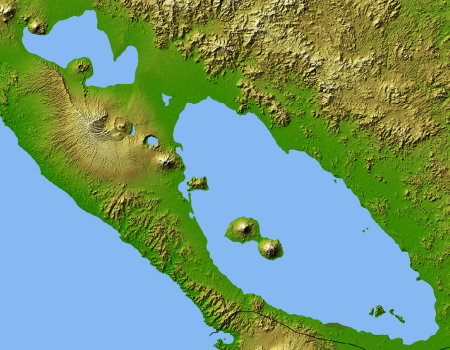Research in collaboration with the University of Oviedo sheds light on species' formation
The study, published in the journal 'Nature', contradicts the genomic theory of sympatric speciation (in which there are no barriers to reproduction)
Research carried out in collaboration with the University of Oviedo has shed light on the process by which a variety or race can become a distinct species in contexts where there is no physical barrier to its individuals reproducing with those of other varieties - a question that has intrigued evolutionary biologists since Darwin.
If one species is physically separated from others, it is understandable that differences will build up and a new species will emerge. But why does this happen when there are no barriers? The conclusion from the study, published in the journal "Nature", is that such a process occurs if the variety has a differentiating character or morphological feature in which many genes are involved. Until now, it was supposed that this would be more likely where there were few genes.
The results therefore contradict the genomic theory of sympatric speciation (in which there are no physical barriers to reproduction). The researchers studied a type of neotropical fish from lakes formed in the craters of eight inactive volcanoes in Nicaragua - one of the few recognised cases of speciation without barriers. The work was led by Andreas Kautt and Axel Meyer, from the University of Konstanza (Germany), in collaboration with Gonzalo Machado Schiaffino from the Genetics Area of the University of Oviedo's Functional Biology Department.
By studying in great detail the genome of 453 individuals of different species and varieties of these fish, the research team found that varieties that differ in terms of one trait whose genetic basis is polygenic (that is, many genes are involved in creating the code for the trait - for example, that the fish are elongated), can more easily lead to rapid speciation in sympatry, compared to varieties whose difference is due to a trait that is determined by one or a few genes (mono-/oligogenic): examples: the colour orange or hypertrophic (very prominent) lips.
Images gallery






